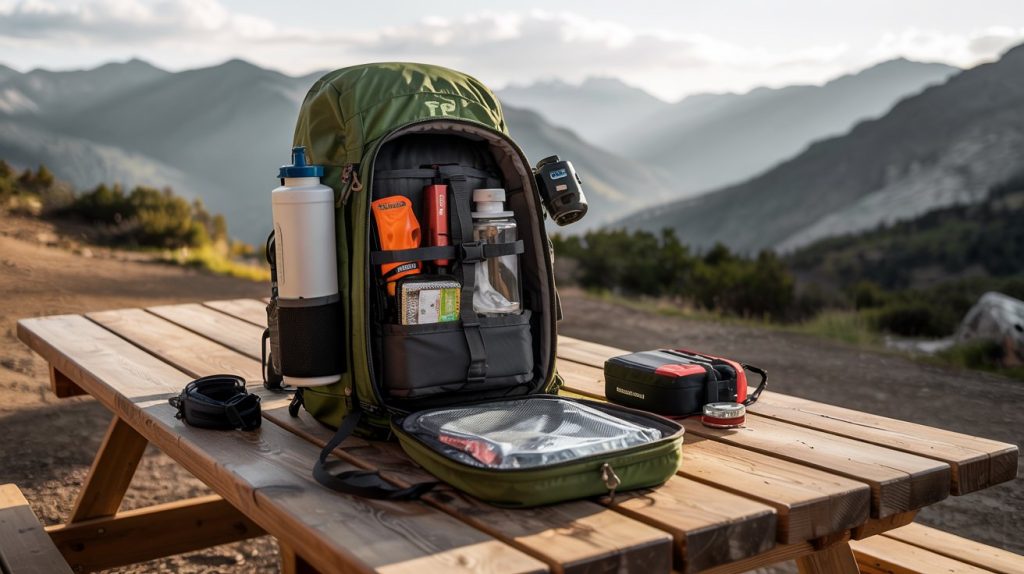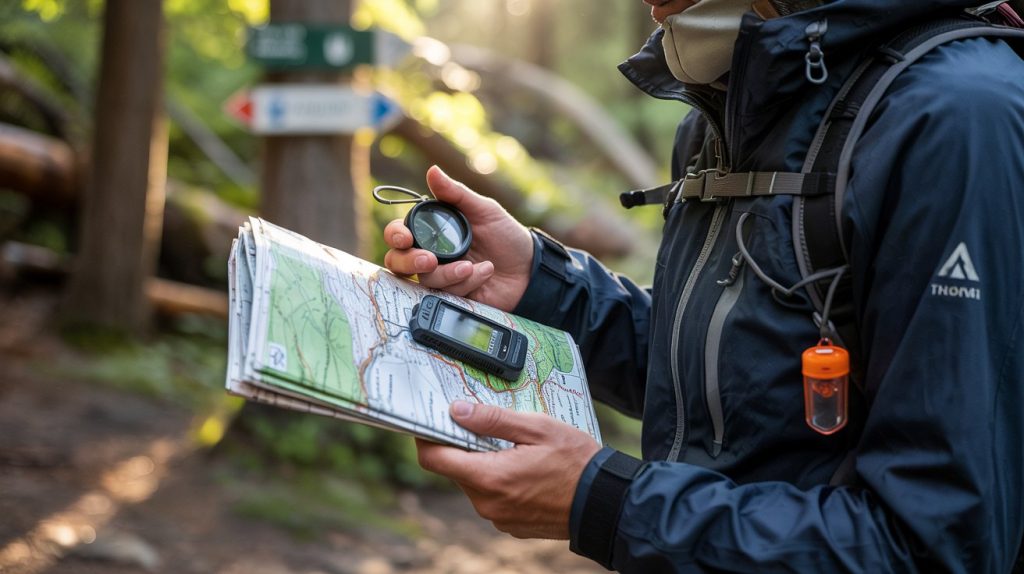So, you’re gearing up for an epic backpacking adventure? Awesome! But before you hit the trail, let’s talk about something that can literally save your life. This short backpacking guide will keep you safe if you follow these rules.
Yep, I know, not the most exciting topic, but trust me, it’s one you’ll be grateful you planned for when the unexpected happens.
That Time I Got Caught in a Storm
I’ll never forget my first solo backpacking trip. The weather forecast looked perfect, my pack was loaded with all the essentials (or so I thought), and I felt like an unstoppable trailblazer. That was until an unexpected storm rolled in. One minute, it was sunny; the next, I was drenched, shivering, and completely lost. I had no emergency plan, no backup gear—nothing. Let’s just say I learned my lesson the hard way. Don’t be me.
As an Amazon Associate, I earn from qualifying purchases. Some of the links in this article are affiliate links. This means that, at zero cost to you, I will earn an affiliate commission if you click through the link and finalize a purchase.
Packing Smart: The Must-Have Safety Gear

If there’s one thing I’ve learned, it’s that the right gear can turn a disaster into a minor inconvenience. Here’s what should always make it into your pack:
- A map and compass (and know how to use them!) Your phone’s GPS is great—until it dies or loses signal.
- First aid kit (Because blisters and cuts don’t care about your adventure plans.)
- Emergency shelter A lightweight bivvy or space blanket can be a literal lifesaver.
- Fire-starting supplies Waterproof matches, a lighter, or a ferro rod—because warmth and food depend on it.
- Extra food and water Even if you think you won’t need it, throw in some extra energy bars and a water filter.
- A multi-tool or knife You’d be surprised how often this comes in handy.
- Headlamp and extra batteries Because getting caught in the dark is no fun.
- Whistle and signal mirror If you need rescuing, you want to be found—fast.
Expect the Unexpected: Planning for Emergencies
A great backpacker doesn’t just prepare for the best-case scenario—they prepare for the worst. What happens if you get lost? What if you twist an ankle miles from civilization? Here’s how to handle some common situations:
Lost? Stop, Think, Observe, Plan (S.T.O.P.)
Panicking won’t help. Instead:
- Stop and breathe. Your brain works better when you’re calm.
- Think about where you last knew your location.
- Observe your surroundings—any landmarks? Tracks? The sun’s direction?
- Plan your next steps. If you’re truly lost, it’s often best to stay put and make yourself visible.
Injured? Assess Before You Move
A twisted ankle or worse can turn a great trip into a nightmare. If you’re hurt:
- Check yourself before pushing on. Moving with an untreated injury can make it worse.
- Use your first aid kit and stabilize the injury.
- Signal for help if needed. That’s where your whistle and mirror come in handy.
Weather Turning Bad? Seek Shelter Fast
Mother Nature doesn’t care about your itinerary. If the sky starts looking ominous:
- Find shelter before things get ugly. A rock overhang, thick tree cover, or emergency bivvy can help.
- Layer up before you’re freezing. It’s easier to stay warm than to warm up.
- Stay dry—wet clothes mean losing body heat faster.
Communication is Key: Let Someone Know Your Plan

I cannot say this enough. Always let someone know where you are going and when you plan to be back. If something goes wrong, they will know when to get help. Even better, bring a personal locator beacon or a satellite communicator if you are heading somewhere really remote.
Use This Backpacking Safety Guide To Stay Safe, Stay Adventurous
Backpacking is one of the most freeing experiences out there, but it does come with risks. With a solid emergency preparedness plan, you can hit the trail with confidence and keep the adventure fun instead of frightening. Pack wisely, plan ahead, and keep in mind that nature will not wait for you to be ready.
